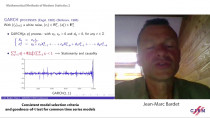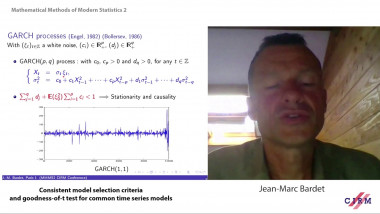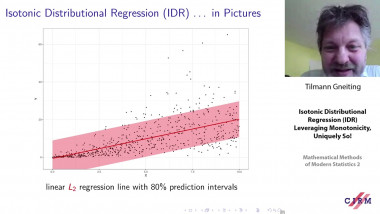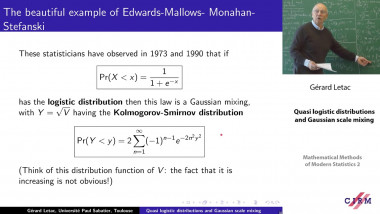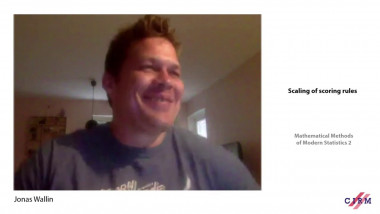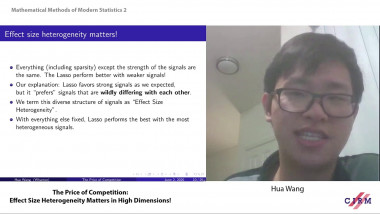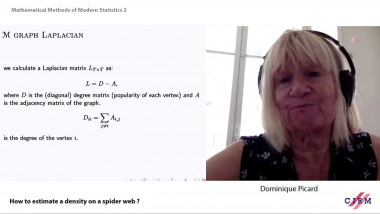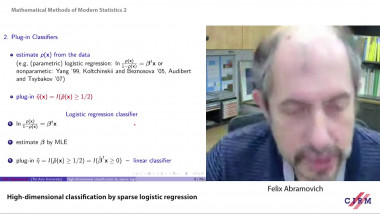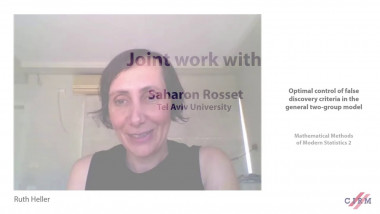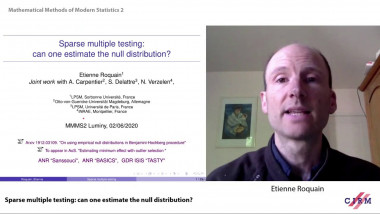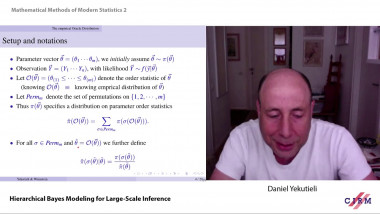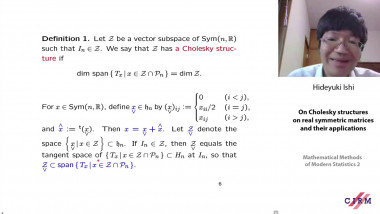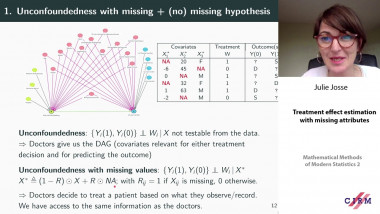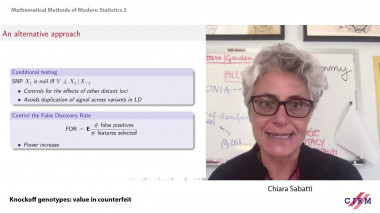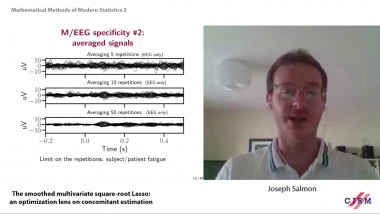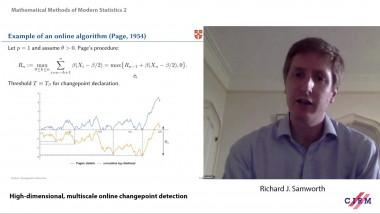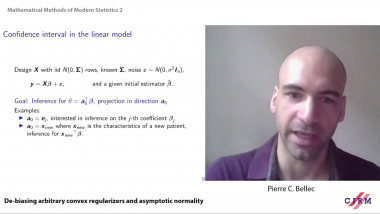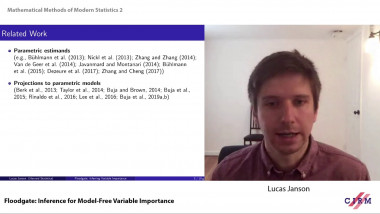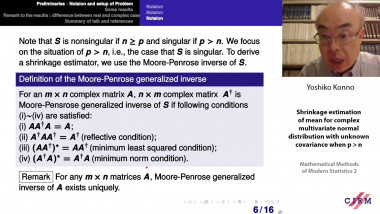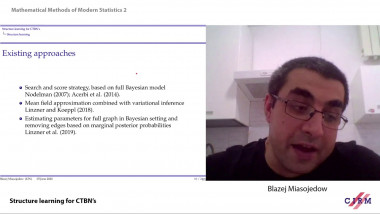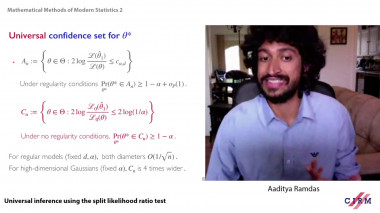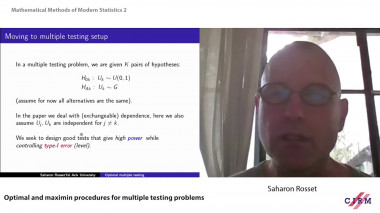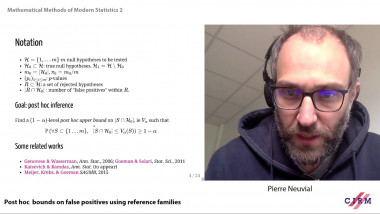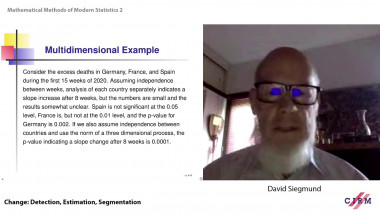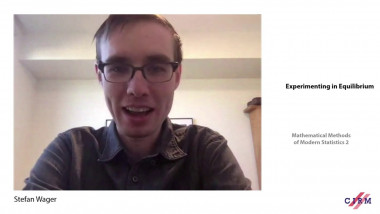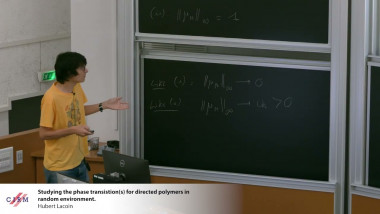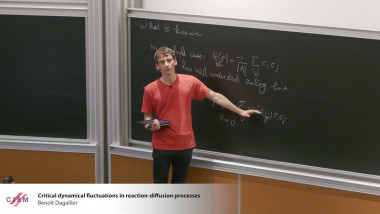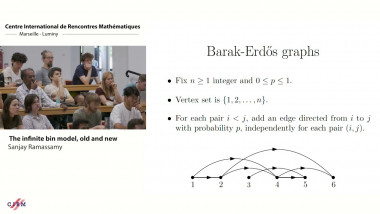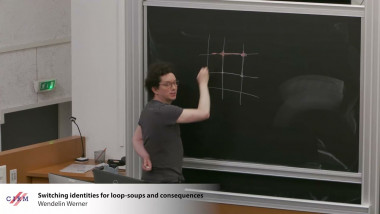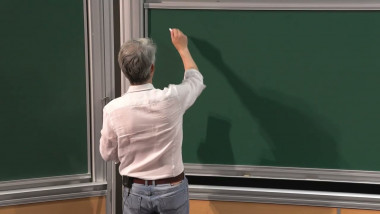The price of competition: effect size heterogeneity matters in high dimensions!
By Hua Wang
In high-dimensional regression, the number of explanatory variables with nonzero effects - often referred to as sparsity - is an important measure of the difficulty of the variable selection problem. As a complement to sparsity, this paper introduces a new measure termed effect size heterogeneity for a finer-grained understanding of the trade-off between type I and type II errorsor, equivalently, false and true positive rates using the Lasso. Roughly speaking, a regression coefficient vector has higher effect size heterogeneity than another vector (of the same sparsity) if the nonzero entries of the former are more heterogeneous than those of the latter in terms of magnitudes. From the perspective of this new measure, we prove that in a regime of linear sparsity, false and true positive rates achieve the optimal trade-off uniformly along the Lasso path when this measure is maximum in the sense that all nonzero effect sizes have very differentmagnitudes, and the worst-case trade-off is achieved when it is minimum in the sense that allnonzero effect sizes are about equal. Moreover, we demonstrate that the Lasso path produces anoptimal ranking of explanatory variables in terms of the rank of the first false variable when the effect size heterogeneity is maximum, and vice versa. Metaphorically, these two findings suggest that variables with comparable effect sizes—no matter how large they are—would compete with each other along the Lasso path, leading to an increased hardness of the variable selection problem. Our proofs use techniques from approximate message passing theory as well as a novel argument for estimating the rank of the first false variable.











